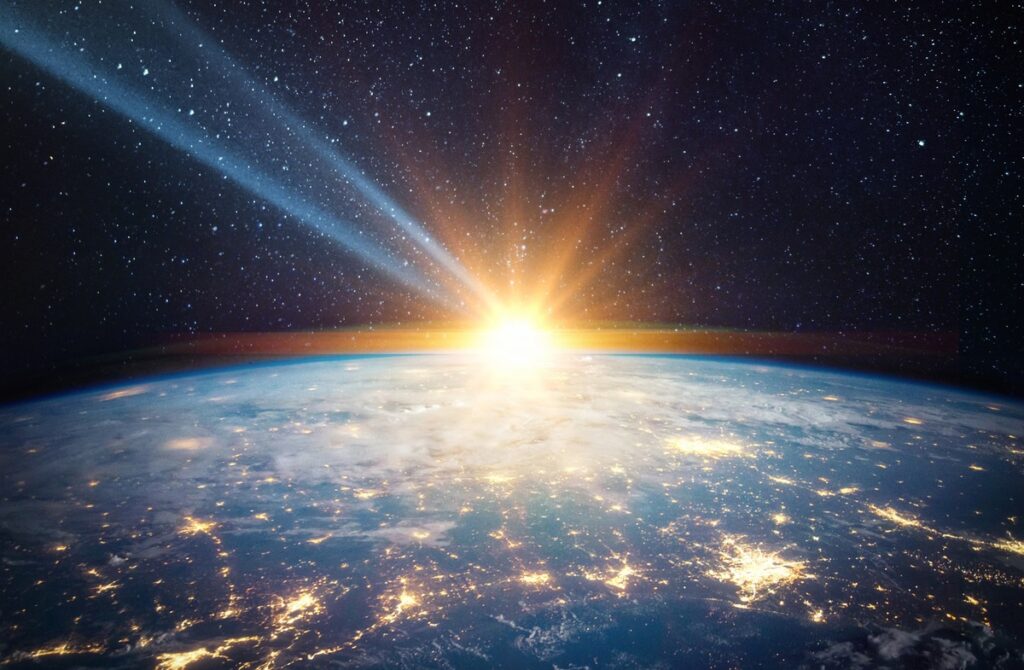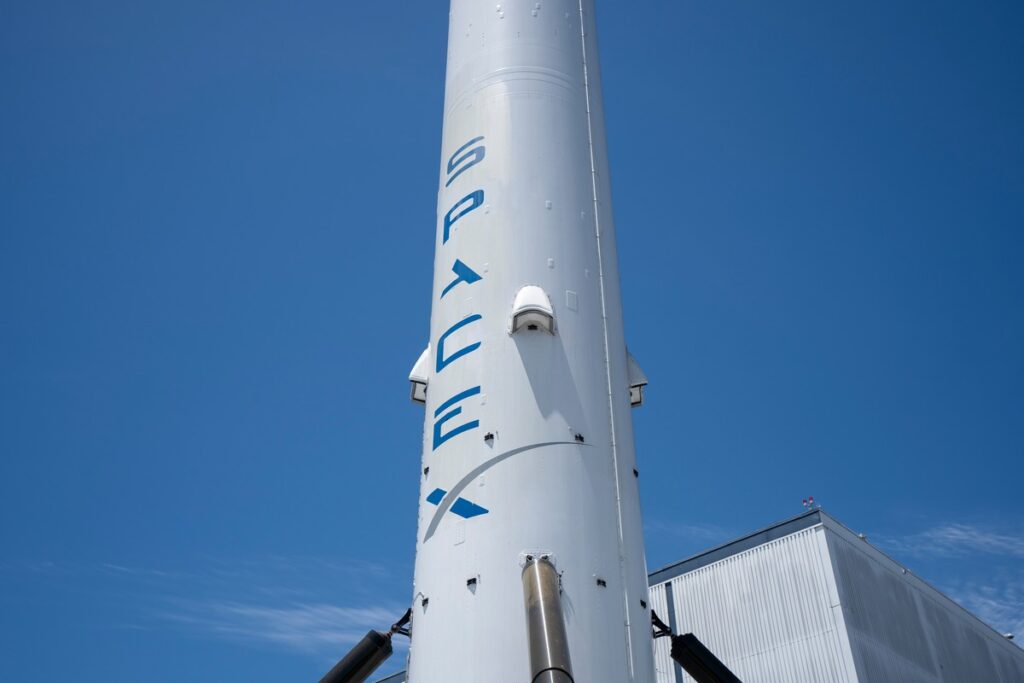The Artemis II mission kicks off in November 2025. This will be NASA’s first crewed mission to the Moon in 60 years, with the aim of establishing long-term presence on its surface. But so long after the famous televised Moon landing, the question remains: why do we want to go back? And is the latest NASA moon mission really worth the investment?
Case Study: Artemis II NASA Moon Mission
The Problem
NASA has landed six spacecraft on Mars: Viking I and II, Pathfinder, MER Spirit and Opportunity and Phoenix. These robotic vehicles are much lighter than spacecraft which carry astronauts. Aside from the human weight, they’re also burdened with supplies and fuel for the round-trip.
With 34 million miles separating us from the red planet, maintaining adequate fuel is crucial. But when more fuel means more weight, and more weight means more fuel, how can we expect to get there?
The Idea
The solution starts closer to home—the Moon. We have a theory that comets brought ice to Earth, which then turned to water. Pockets of this ice may exist on the dark side of the moon, where craters lie undisturbed due to the Moon’s minimal atmosphere. We want to use this ice to establish a base on the Moon’s surface.
“Our leading theory for how the Moon formed is that another planet collided with the very early Earth 4 billion years ago. This collision vaporized the planet and a significant part of Earth as well, leaving behind the debris that formed the Moon,” Dr. Becky Smethurst, astrophysicist at the University of Oxford.

Whether the ice’s composition matches that of Earth remains to be seen. But a supply of water would be essential in creating rocket fuel locally and sustaining a colony. The Moon, therefore, could be a vital checkpoint when sending astronauts to build colonies on Mars.
The Outcome
NASA is executing a three-part mission in hopes of setting camp on the big rock in the sky. Artemis I took place in 2022, launching the unmanned Orion spacecraft to build a map around the Moon. Artemis II will take off in 2025, sending a crew of four astronauts to follow the course of this map. They’ll assess the performance of the spacecraft’s life support systems while mapping the Moon’s distribution of ice.
Artemis III will conclude the series of missions. Over 30 days, the Artemis III astronauts will send two crew members to spend a week near the South Pole of the Moon to conduct research. These two crew members will be the first woman and the first person of color to walk on the Moon. And we’ll be one step closer to intergalactic space travel (we hope).
The benefits of space travel: how does NASA Moon mission provide ROI?
Space travel and colonization of the moon is expensive. The total cost of the Artemis mission is estimated at $93 billion. That’s a hell of a lot of money. And considering NASA’s budget is publicly funded—and large-scale commercial space travel is some way off—you’d be right in questioning whether us Earth-bound mortals are feeling the benefit.
But we’ve all gained from space travel research, at least indirectly. It’s aided the development of solar panels, heart implants, cancer treatment, water purification technology and more. The great thing about space exploration is its stimulus for siloed sectors to work together. This shared research will provide tenfold benefits of space travel in the future, affecting industries in power generation, energy storage, waste management, robotics and even medicine.
The future of the space economy: plans for private space travel companies
Space exploration has seeped continuously into public consciousness since the first moon landing. We’re now seeing the dream of intergalactic travel become a robust industry with serious firepower.

“Our annual global space economy analysis highlights the increasing importance of the space industry across both public and private sectors,” said Heather Pringle, CEO of Space Foundation. “Established subsectors and emerging markets cover an expanding range of space applications in our daily lives and push the boundary of what’s possible on and off Earth.”
Here are the specifics: the global space economy totaled $570 billion in 2023, which is 7.4% higher than 2022’s sum of $531 billion. Private space travel companies are advancing research and the space economy is now growing year on year. You’d be a fool not to pay attention—and plenty are looking to capitalize. Our interview with Israel Space Agency highlighted just how much investment in the space economy is shaping policy and emphasized the need to stay informed on the topic.
The latest NASA Moon mission may feel like retreading old ground. But each advancement in space exploration is a step in the right direction. Who knows—in a few years’ time, we could be talking the first Mars colony with an IE University campus. For now, let’s level up our education on how we can make a difference.
Join us at the IE School of Science & Technology
Take a look at our M.S. in Computer Science & Business Technology for a transformative career boost.

Benjamin is the editor of Uncover IE. His writing is featured in the LAMDA Verse and Prose Anthology Vol. 19, The Primer and Moonflake Press. Benjamin provided translation for “FalseStuff: La Muerte de las Musas”, winner of Best Theatre Show at the Max Awards 2024.
Benjamin was shortlisted for the Bristol Old Vic Open Sessions 2016 and the Alpine Fellowship Writing Prize 2023.






